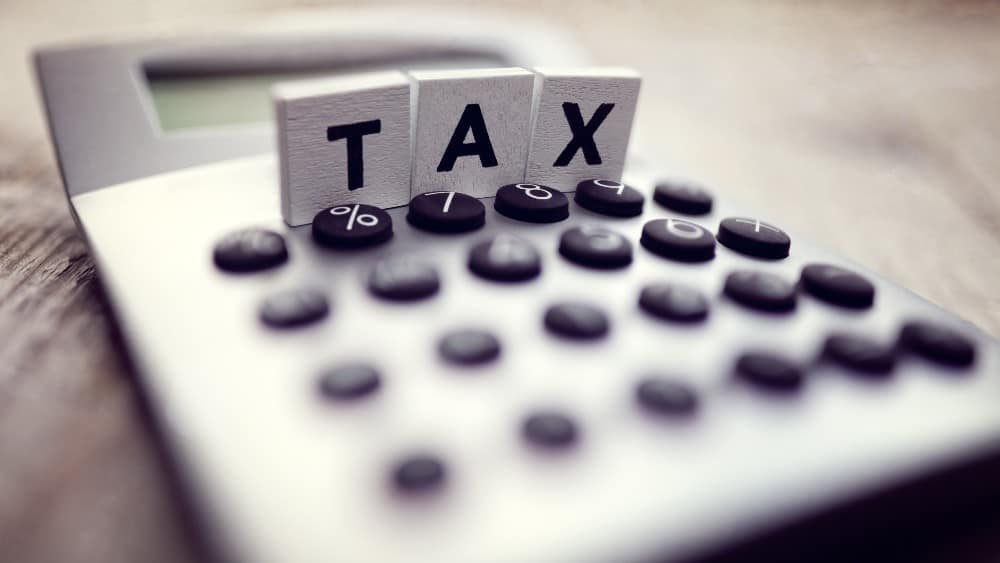The 2020 tax year is nearing the end. Unlike other years, this year will have new cash benefits and tax breaks. Moreover, the Canada Revenue Agency (CRA) can claw back some portion of the Canada Recovery Benefit (CRB) and Canada Emergency Response Benefit (CERB). Finally, if you paid your 2019 taxes in September, another tax bill will come in just seven months. The CRA postponed the 2019 tax filing deadline from April to September 30. But I won’t expect it to repeat this next year.
Three tax breaks for 2020
With so many moving elements in the 2020 tax bill, it’s better you start planning your taxes early. Luckily, the CRA offers many tax credits and tax deductions. What’s the difference? Tax deductions help you reduce your taxable income on which your tax is calculated. Tax credits help you reduce your tax bill. And if the credit is refundable, the CRA pays you that amount if your tax bill is $0.
Some common tax deductions are personal amount, Canada employment amount, age amount, disability amount, and many more. For your 2020 tax bill, you can claim three more tax breaks.
Digital news tax credit
The digital news tax credit gives you a 15% waiver on your paid news subscriptions. You can claim a maximum of $75 tax credit on $500 worth of subscriptions. The CRA introduced this non-refundable tax credit from the 2019 to 2025 tax year to encourage digital media in Canada.
You can maximize this tax credit by subscribing to financial and investment news subscriptions. These newspapers can enhance your knowledge of investments and tax planning and improve your financial well-being.
Work-space-in-the-home deduction
The pandemic accelerated the work-from-home culture, and many Canadian converted a portion of their home into their workspace. You can deduct a portion of your expenses, such as electricity, heating, maintenance, and rent, you used for your workspace at home from your taxable income.
The CRA defines workspace at home as the portion where you spend over 50% of the time working from home, or you use it regularly for client meetings. So if you have converted 25% of your home area into a workspace, you can deduct 25% of the above expenses, provided you did not get reimbursed for the same. Note that these deductions cannot exceed your income from that employer/client.
Canada Training Credit
Many Canadians were home during the pandemic; some employed, and some unemployed. Some of these Canadians took this time to enhance their skills with several occupational-skills or post-secondary courses. From this year onwards, you can claim a $250 refundable Canada Training Credit against the tuition fee as long as the course is from an eligible institution.
More tax breaks with RRSP
The above three tax breaks can significantly reduce your tax bill and even make it $0 for some people. If your tax bill is still high, you can invest some of your money in the Registered Retirement Savings Plan (RRSP).
The CRA allows you to claim the tax benefit on contributions to the RRSP and levies tax on withdrawals. You should invest in this account if your current tax bill is high and withdraw from this account when your tax bill is low. If you are doubtful whether you will get a permanent job in the next three to four months, invest some money in the RRSP and reduce your current tax bill.
A good stock for RRSP is Enbridge (TSX:ENB)(NYSE:ENB), North America’s largest pipeline operator. Its toll-like business model builds pipelines and charges a toll to utilities for letting them transmit oil and gas through its pipelines.
However, the pandemic has created a significant oversupply of oil as demand has dropped to record levels. Enbridge earns 50% of its revenue from transmitting oil. Low oil demand reduced Enbridge’s revenue by 40% year-over-year in the second quarter. But transmission of natural gas offset the impact on its profits and cash flows.
The oil crisis has pulled Enbridge stock down 35% and inflated its dividend yield to 8.9%. A $1,000 investment in Enbridge will fetch you $89 in annual dividend income and $500 in capital appreciation in three years.









